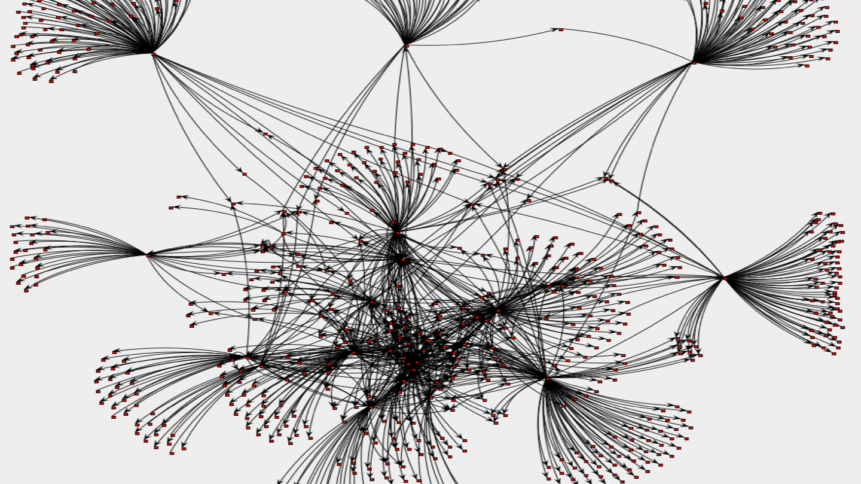Twitter takeover piques interest in Mastodon

Elon Musk’s reputed plans to roll back some of the platform’s strictures on what some term “freedom of speech” is one of the drivers behind a 70,000 rise in the number of registered users of the Twitter alternative platform, Mastodon.
Unlike Twitter, which is a centralized service controlled by one entity – arguably, one individual person – Mastodon comprises many servers (or instances) controlled by the people or persons who set them up. The users on each can communicate freely with others on other instances, and of course, with each other. Individual users can block messages from instances that are the source of material they don’t want, and, like Twitter, can block individual users’ posts (or “toots”).
A user’s feed comprises toots from other members of their instance, and the users can see messages from other instances that can be relayed and publicly boosted on their “home” instance.
While that might sound more complex than a central service where, theoretically, anyone can see everything, it has the effect of creating communities with shared interests, opinions, or political leanings gathering around particular instances or servers. And, of course, while there are white supremacist, racist hate-mongers on Mastodon, the instances (and therefore their denizens) on which they congregate are usually blocked by the administrators of other instances.
Becoming an administrator is relatively easy, although, like anything else that provides a service, it comes with costs for hosting, backup, data throughput, and so on. The community often covers these costs via voluntary contributions; as a rough guide, an instance with 100,000 users may cost around $500 per month in cloud fees or power – around half a cent, per user, per month.
Part of becoming an administrator involves signing up for the Mastodon Server Covenant, which asks administrators to actively moderate against hate speech of any type, ensure backups are made properly, and give three months’ notice to users if they decide to shut the service down.
The arguably tenuous nature of a single instance is one of the major criticism leveled at the federated network: a user’s identity is tied to the instance they sign up to, so an instance going away overnight can have a significant impact on a user’s online identity and network of relationships. However, successful communities often continue despite changes in administration as members step up to take on the burden of administration when an admin moves on, gets a more stressful day job, has kids, or experiences similar inconveniences to their geek life.
Despite this decentralized approach, users get a unified experience regardless of their “home” instance and can roam the “fediverse” (federated universe), building relationships, friendships, and even finding romance. To date, most users of the fediverse are generally left-leaning or at least liberal, as are each instance’s administrators – users of hate speech, racists, and other detritus are almost always banned from an instance quick-smart. In general, Mastodon is a much safer place for people to exist than on the centralized Twitter network.
Whether Elon Musk’s intentions for moderation changes on Twitter may make Mastodon or its alternatives more popular is, statistically speaking, moot. There are nearly half a billion active daily Twitter users, and a rise in 70,000 in Mastodon fediverse members is a drop in the ocean comparatively.
Like many of the new Twitter CEO’s pronouncements, there remains a great deal of vagueness around any plans for his new toy, AKA the Twitter platform. On the one hand, he has said he doesn’t see Twitter as a money-making vehicle, yet on the other, he has said to employees that making Twitter into the US version of WeChat (a so-called super-app) would be “a win.”










